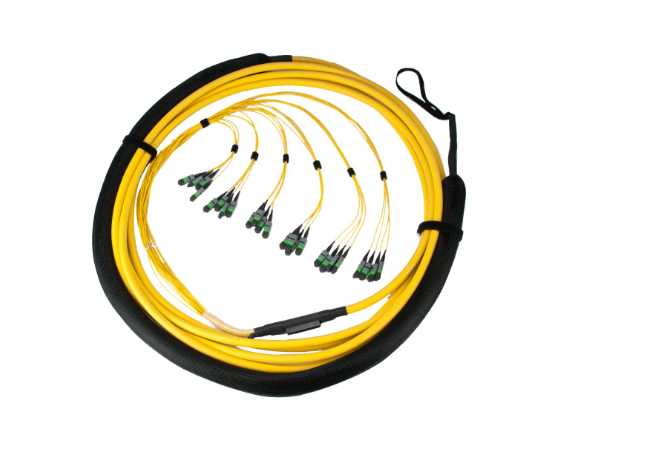
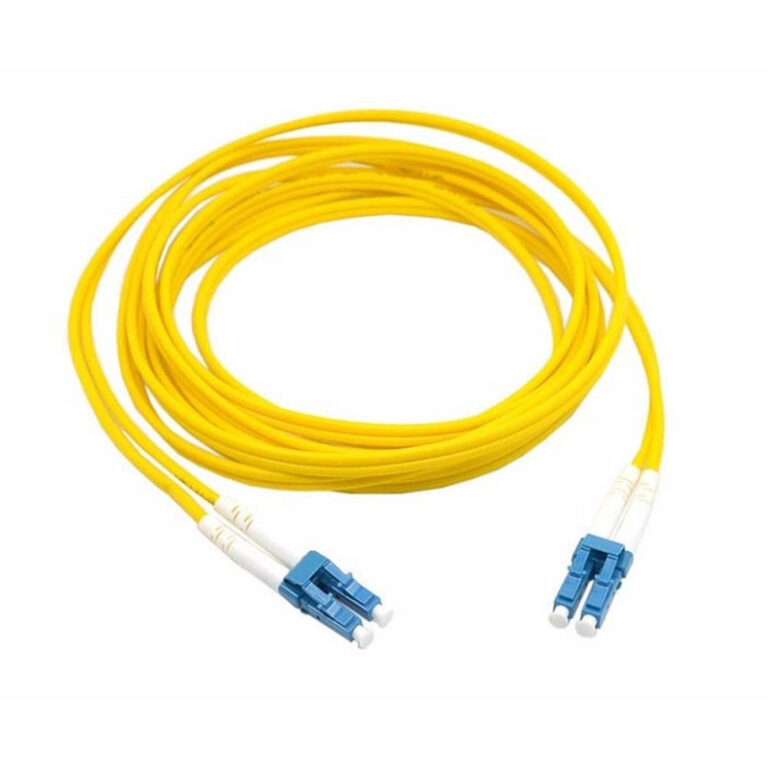

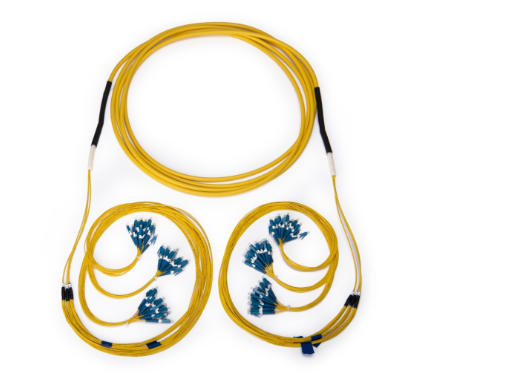
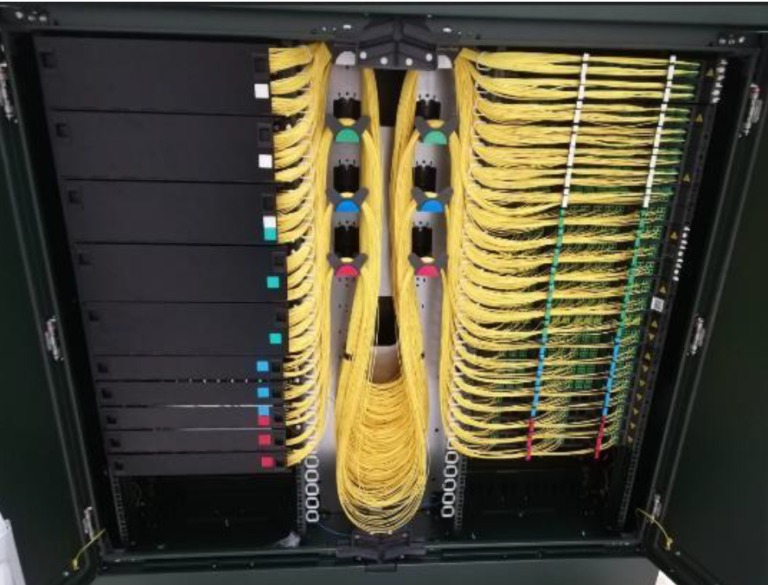
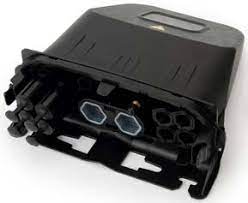
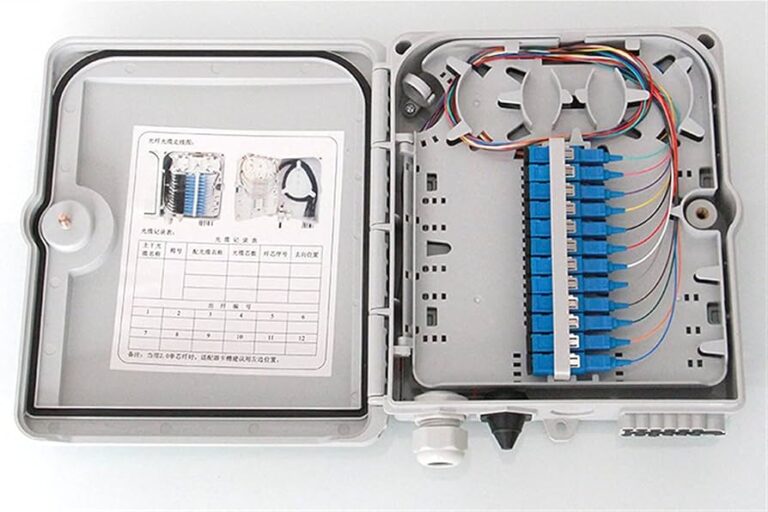
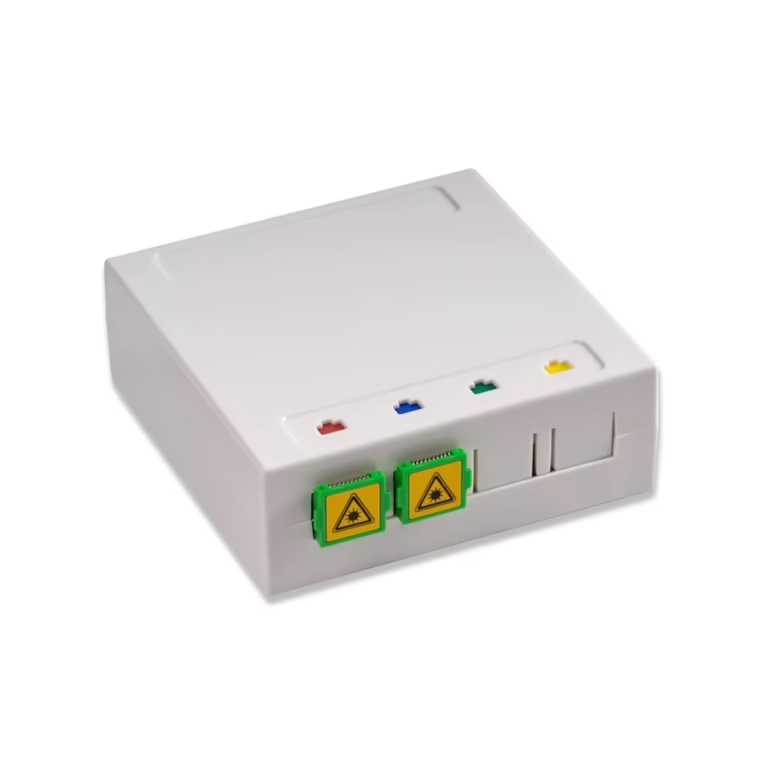
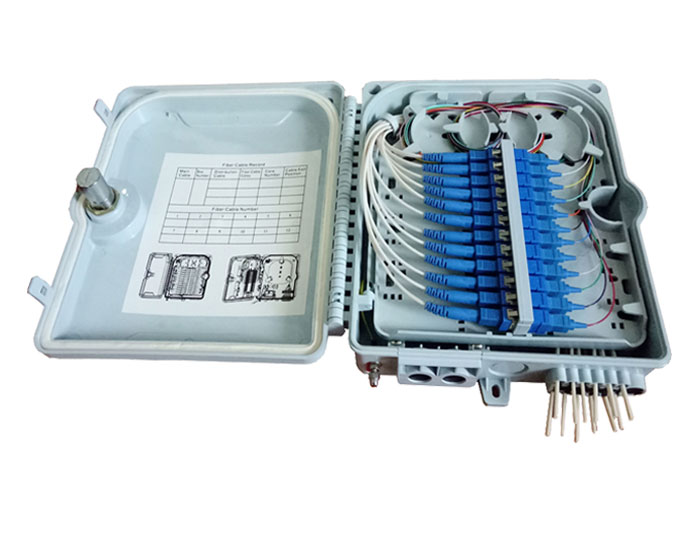
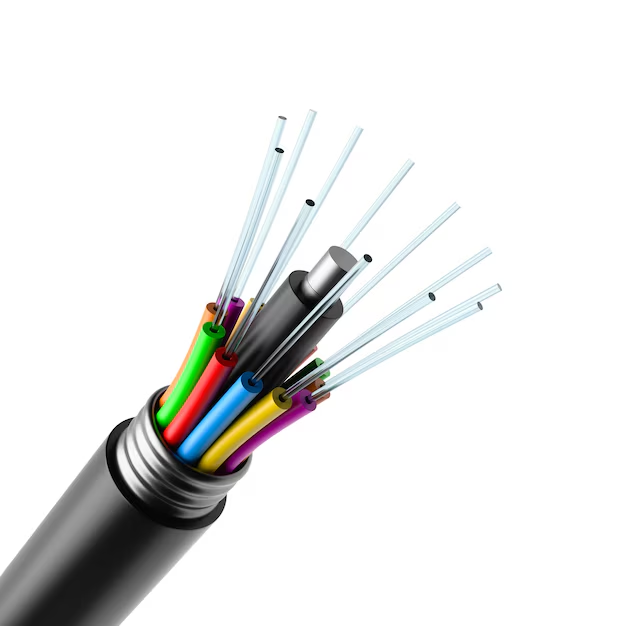
The Essential Foundations of High-Performance Optical Networks
This category includes the structural elements that are essential for building a strong and durable fiber optic network. This equipment plays a key role in the protection, organization and management of optical fibers, thus ensuring an infrastructure capable of withstanding environmental constraints and ensuring long-term reliability
- All the structural elements you need to build a solid, durable fiber optic network.
- Guarantees the protection, organization and management of optical fibers.
- Ensures an infrastructure that is resistant to environmental constraints and reliable over the long term.
- Simplifies future interventions, reducing maintenance costs.
- Flexibility to adapt to changing technologies and growing bandwidth requirements.

Optical junction boxes
Protect fiber junctions from mechanical damage and contaminants. They enable clean, secure management of connections, simplifying maintenance and modifications.
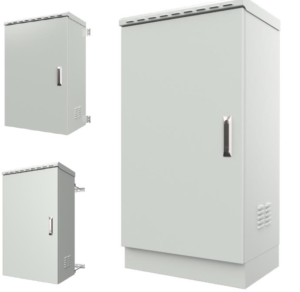
Cabinet
The place where optical fibers from the main network are distributed to connect multiple users. This is a key point for shared networks such as FTTH.
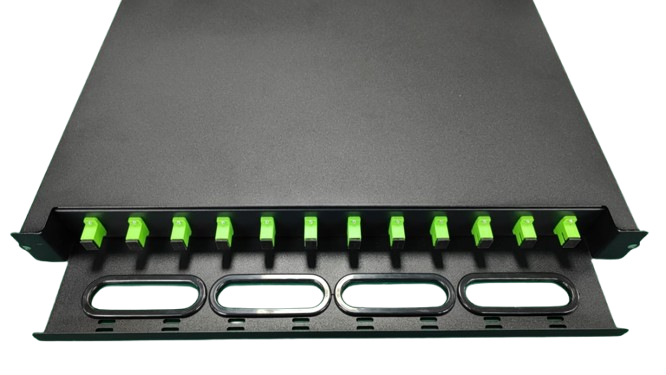
Optical distribution frame
Used to organize fibers in bays or racks, these drawers protect cables from excessive bending and allow easy handling when servicing.

Fiber optic cable
The main element of an optical network. These cables carry data in the form of light. They are available in several variants (single-mode or multi-mode), depending on transmission requirements and distances to be covered.
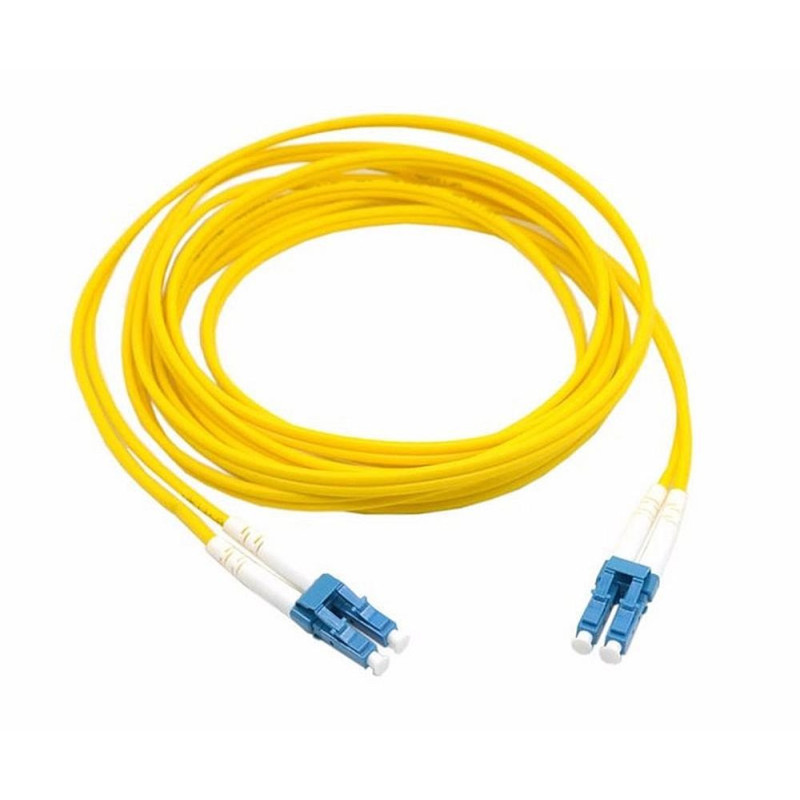
Optical patch cord
Small cables that link active and passive equipment in a network. They provide temporary or permanent connections while maintaining signal stability.
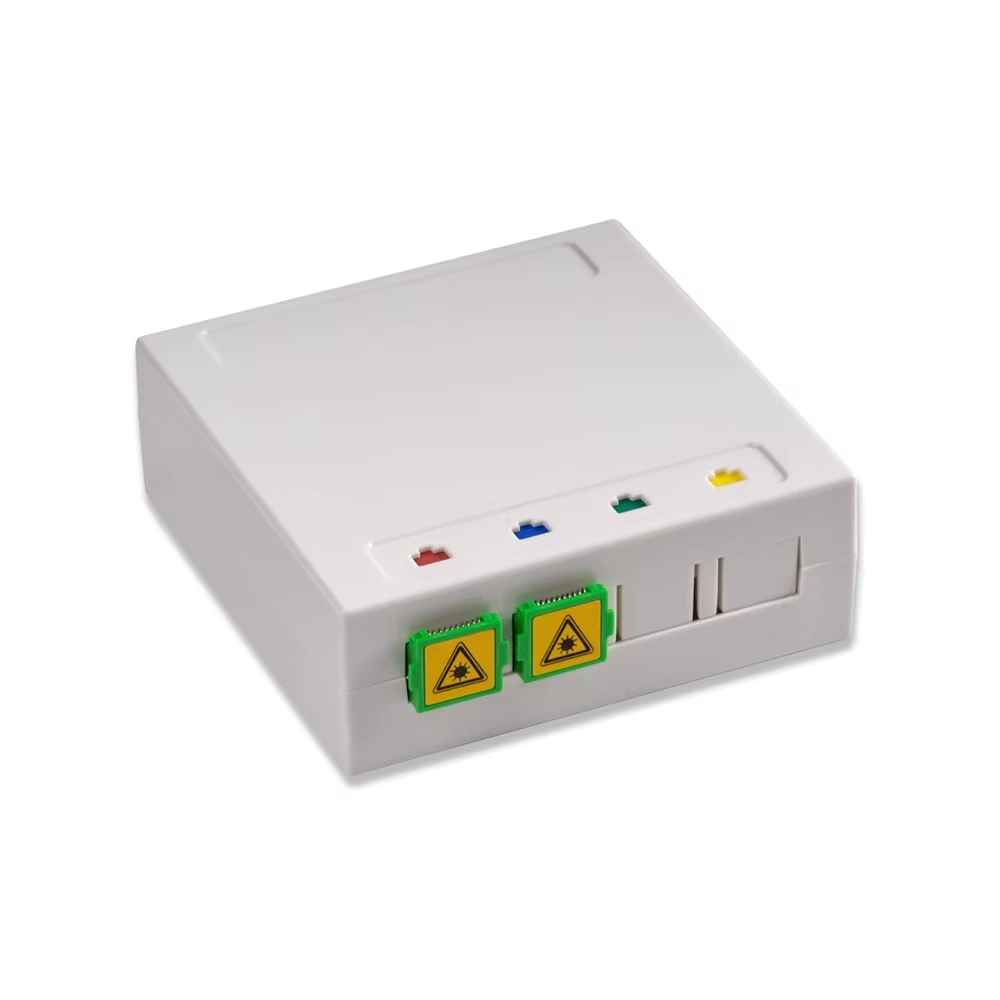
PTO (Optical Terminal Point)
This is the last point where the fiber is connected to the user's premises. It serves as the link between the external infrastructure and the user's connected devices.


